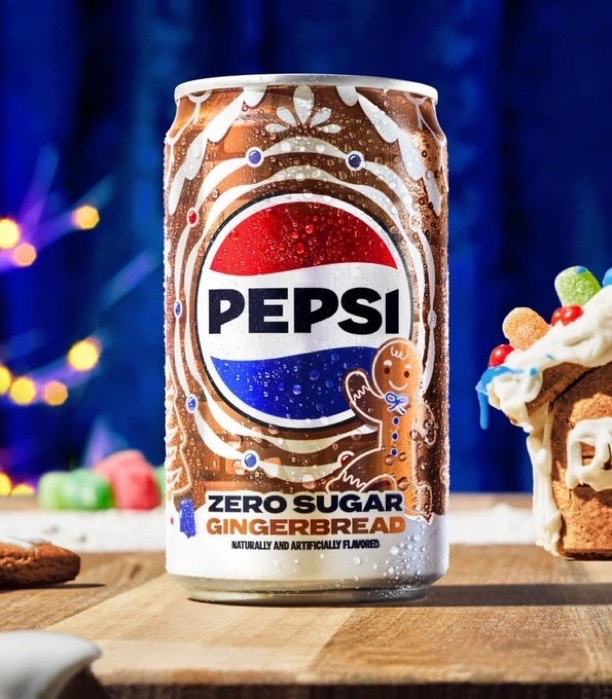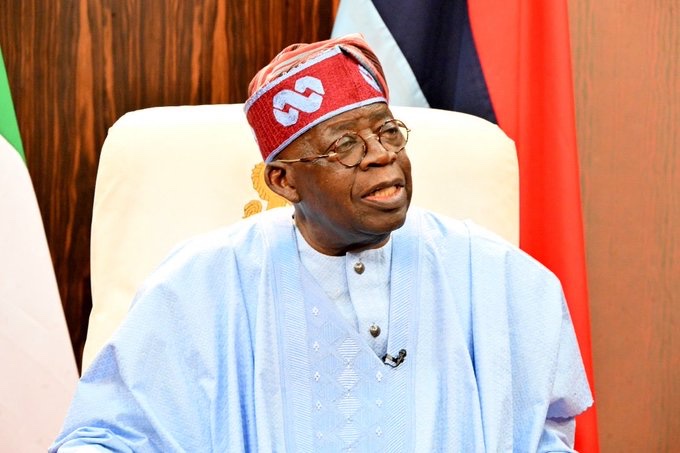
Pepsi Unveils Limited-Edition Gingerbread-Flavored Drink, Sparking Buzz Among Fans and Critics Alike

In a surprising twist that has caught the attention of beverage lovers and critics worldwide, Pepsi has officially launched a brand-new limited-edition drink inspired by the warm, spicy sweetness of the holiday season: gingerbread-flavored Pepsi. The release, which comes just in time as the year winds down and festive celebrations loom closer, marks another bold experiment by the global soda giant, known for constantly reinventing its product line with unexpected twists. The announcement has already begun stirring conversations on social media, as consumers are both intrigued and skeptical about how gingerbread—a flavor often associated with cookies, cakes, and cozy holiday kitchens—would translate into a carbonated soft drink.
Pepsi’s move is no accident. The brand has long been locked in fierce competition with Coca-Cola, and over the years, limited-edition flavors have become one of its most powerful tools in creating cultural moments, sparking curiosity, and driving sales. While Coca-Cola has leaned heavily into nostalgia with its Christmas campaigns featuring Santa Claus and polar bears, Pepsi appears to be chasing the flavor of nostalgia itself, bottling it up in the form of gingerbread fizz. It is a strategic gamble designed to tap into the emotional connection people have with the holiday season, where gingerbread houses, cookies, and lattes dominate kitchens and cafés alike. By launching this beverage as a limited-time offering, Pepsi ensures that fans will rush to try it before it disappears, a marketing tactic that has proven effective in the age of viral trends and social media hype.
According to early reports, the gingerbread-flavored Pepsi carries the familiar cola base that fans recognize, but with a distinct overlay of warm spices reminiscent of cinnamon, nutmeg, and ginger. This blend creates a beverage that is equal parts refreshing and nostalgic, aiming to give drinkers the feeling of sipping the holidays through a straw. Pepsi has described the drink as both “festive and fun,” positioning it as the ultimate seasonal soda to share with family and friends during holiday gatherings. The limited-edition drink comes in a specially designed can, adorned with playful gingerbread characters, candy canes, and a sparkling festive backdrop, further cementing its identity as a beverage tied to the holiday spirit.
The buzz surrounding the launch has already flooded platforms like Twitter, Instagram, and TikTok, where influencers and fans have begun sharing first impressions, unboxings, and taste-test reactions. Some early tasters describe the drink as surprisingly delightful, claiming that it balances the sweetness of traditional Pepsi with a subtle spicy kick that isn’t overwhelming. Others, however, have expressed skepticism, questioning whether cola and gingerbread are truly a match made in beverage heaven. Memes have also started to surface, with some joking that gingerbread belongs in cookies, not sodas, while others are already asking Pepsi to consider making eggnog or candy cane flavors next. The polarizing reactions are, in many ways, exactly what the brand hoped for—because whether people love it or hate it, they are certainly talking about it.
The release comes at a time when novelty flavors have become a major marketing weapon across the food and beverage industry. Brands are increasingly aware that consumers crave not just products, but experiences—something new to try, photograph, post online, and share with friends. In this environment, Pepsi’s gingerbread edition is more than just a soda; it’s a conversation starter, a holiday-themed experience designed to bring people together in debates, laughter, and curiosity. Seasonal limited-edition offerings often thrive because of their exclusivity, and Pepsi has cleverly positioned this new drink as a must-try item before it vanishes from shelves once the holidays are over.
This isn’t Pepsi’s first venture into unusual flavors. Over the years, the brand has introduced a wide variety of experimental sodas ranging from mango and lime to Pepsi Blue, Crystal Pepsi, and even Japan-exclusive flavors like ice cucumber. Each of these releases stirred up excitement and debate, but also gave the company valuable insight into consumer behavior, particularly the growing appetite for limited-edition products that offer something out of the ordinary. The gingerbread flavor seems to be a continuation of this trend, showing Pepsi’s willingness to push boundaries and tap into seasonal moments that resonate emotionally with consumers.
Industry analysts suggest that the gingerbread Pepsi is also a clever way to capture attention in a crowded holiday beverage market. While coffee chains dominate with their pumpkin spice lattes and peppermint mochas, and breweries roll out spiced ales, Pepsi’s offering stands out by transforming a flavor usually reserved for baked goods into a fizzy soda. It is this boldness that sets the drink apart and ensures that, love it or hate it, it won’t be forgotten anytime soon. The exclusivity of the launch ensures limited availability, which will likely drive demand as consumers scramble to get their hands on it before it sells out.
Pepsi has hinted that the gingerbread flavor may not just stop at soda cans and bottles. There are already whispers of collaborations with bakeries and holiday events where the drink could be paired with actual gingerbread treats or even used as a mixer in festive cocktails. Such cross-promotional opportunities highlight Pepsi’s larger strategy of making this drink not just a beverage, but a centerpiece of holiday celebration and culture. It’s a move that could expand the product’s appeal beyond soda lovers to a wider audience that includes foodies, party-goers, and even those simply looking for a novelty gift to bring to holiday gatherings.
Public reaction will ultimately determine the success or failure of Pepsi’s bold experiment. If fans embrace the flavor and create enough buzz online, the company could consider bringing it back annually as a seasonal tradition, much like how Starbucks reintroduces its pumpkin spice latte each fall. However, if the drink fails to gain traction, it will likely fade into history as yet another curious footnote in Pepsi’s long history of flavor experimentation. Either way, Pepsi has successfully captured attention and inserted itself into holiday conversations—a victory in today’s marketing landscape where visibility and virality are just as valuable as sales figures.
As the gingerbread-flavored Pepsi hits shelves in select markets, fans around the world are left wondering: will this soda truly taste like the holidays, or is it simply another quirky marketing gimmick destined to stir debate and disappear? For now, the curiosity is undeniable, and Pepsi has once again proven that when it comes to innovation, it’s not afraid to think outside the bottle.


